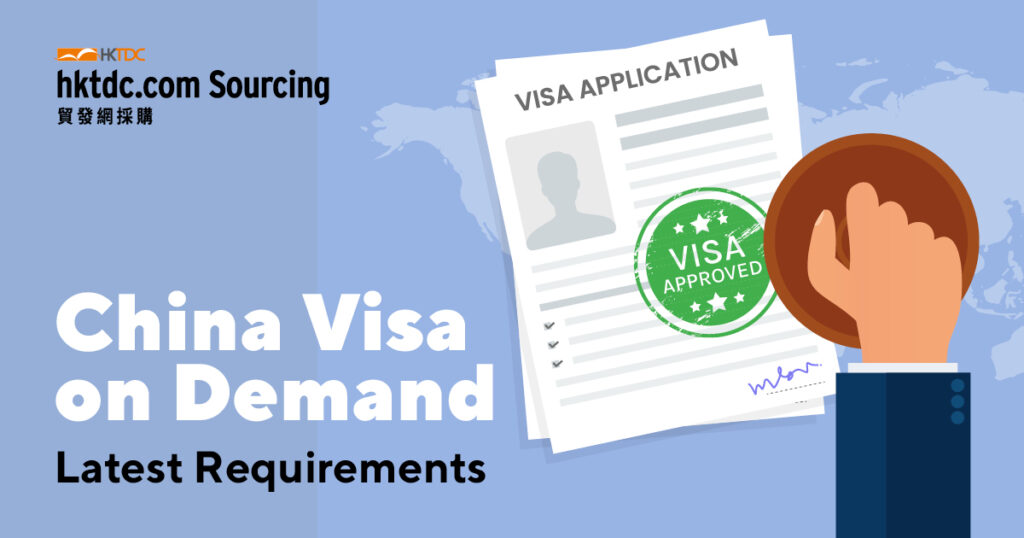To facilitate foreign nationals travelling to Chinese Mainland with the most updated information, this article provides the latest general information about visa requirements. For more information, please contact the Chinese Visa Application Service Center or relevant departments in Chinese Mainland.
240-Hour Visa-Free Transit Policy
On December 17, 2024, China enhanced its visa-free transit policy, extending the maximum stay for eligible foreign nationals from 72 and 144 hours to 240 hours (10 days). This change added 21 new ports of entry and exit, allowing travelers from 55 eligible countries to enter visa-free through 60 ports across 24 provinces, autonomous regions, and municipalities, starting June 12, 2025.
Visa Coverage: Eligible Areas
The 24 regions include:
- Municipalities: Beijing, Tianjin, Shanghai, Chongqing
- Provinces: Hebei, Liaoning, Heilongjiang, Jiangsu, Zhejiang, Fujian, Shandong, Henan, Hubei, Hunan, Guangdong, Guangxi, Sichuan, Yunnan, Shaanxi, Shanxi, Anhui, Jiangxi, Hainan, Guizhou
Some areas only permit transit in specific cities. For example:
- Heilongjiang: Harbin City
- Shanxi: Taiyuan and Datong Cities
- Guangxi: Nanning, Liuzhou, Guilin, among others
- Sichuan: Chengdu, Deyang, and others
- Yunnan: Kunming, Lijiang, and surrounding cities
Ports of Entry
The 60 ports include major airports like Beijing Capital International Airport and Shanghai Pudong International Airport, as well as several passenger ports.
Eligible Countries Which Benefit
The 55 countries that benefit from this policy include:
- Europe: 40 countries, including Germany, France, Italy, and the UK.
- Americas: 6 countries, including the US and Canada.
- Oceania: Australia and New Zealand.
- Asia: 7 countries, including Japan and South Korea.
Visa Application Requirements
Travelers must:
- Hold a valid passport (valid for at least a further 6 months and has blank visa pages).
- a printed and duly signed Visa Application Form and a recent passport photo
- Proof of legal entry or residence status (if not applying in their country of citizenship)
- Documents showing travel itinerary and accommodation
Applications can be submitted at any of the 60 designated ports, where procedures will be facilitated by border authorities.
Easy Commute to International Trade Fairs
With the above measures, travelling to Hong Kong inbound events has become easier than ever.
Get ready to the extensive lineup of renowned trade fairs from September onwards, including the Watch & Clock Fair, CENTRESTAGE, Autumn Electronics Fair, and many more!
Staged in the vibrant cityscape, the Autumn Fairs guarantee an impressive showcase of prestige valuables ranging from collectibles to gadgets that shine from the fairground to your door! Expect eye-opening experiences and meaningful conversations with industry peers at these events, and most likely connections and deals with fellow buyers and suppliers.
Click the banner below to pre-register for one or more of them:
Schedule of Fees
Number of Entries | Total Application Fee Per Person (HK$) | ||
Regular | Express | Urgent | |
Single | 470 | 860 | 1,440 |
Double | 590 | 980 | 1,560 |
Multiple (6 months) | 700 | 1,090 | 1,670 |
Multiple (1 year or above) | 930 | 1,320 | 1,900 |
For more information about the visa application process and fees, applicants can refer to official Chinese consular resources.
Additional Policies for Specific Regions
144-Hour Transit in Guangdong
Foreign nationals in Hong Kong can apply for visa‑free transit to visit China’s Guangdong province for a maximum of 144 hours (6 days) via entry ports in Guangzhou, Shenzhen, Zhuhai, Foshan, Dongguan, Zhongshan, Jiangmen, Zhaoqing, Huizhou and Shantou, through legally registered travel agencies in Hong Kong and Macao.
Details: Please click to view further information (Chinese version only).
Multiple-Entry Visas for Foreign Workers
Multiple-entry visas for foreign staff of companies registered in Hong Kong can now be valid for up to 5 years, with priority processing for applications.
Please click to view further information.







